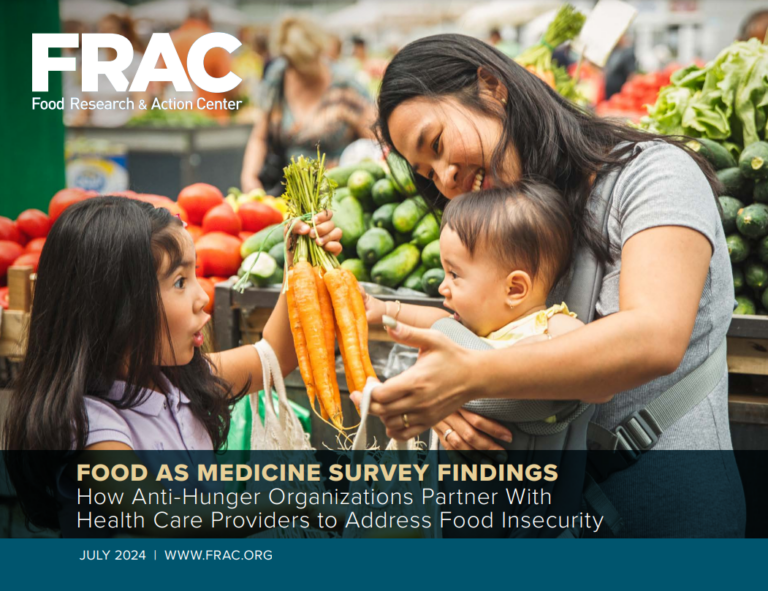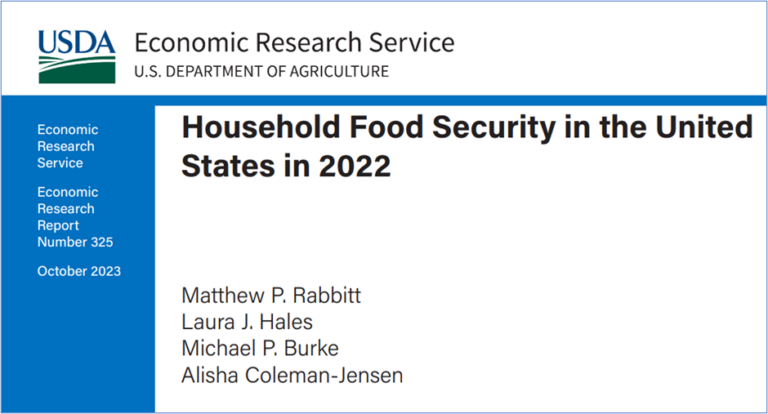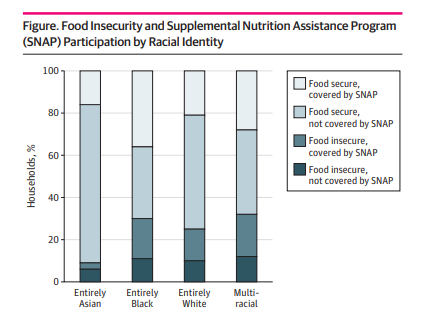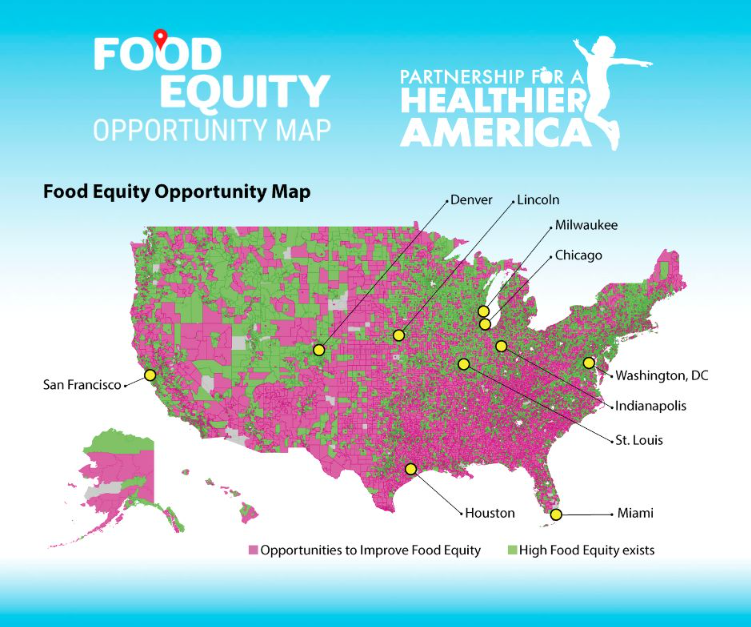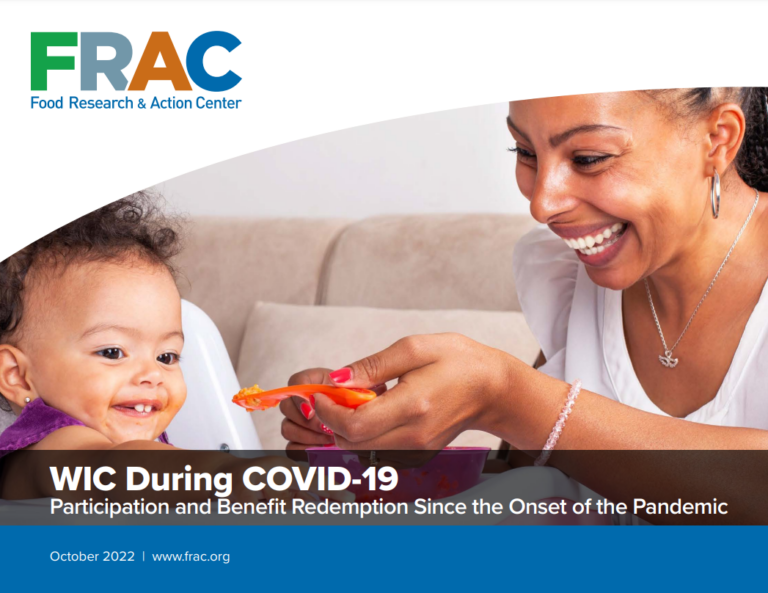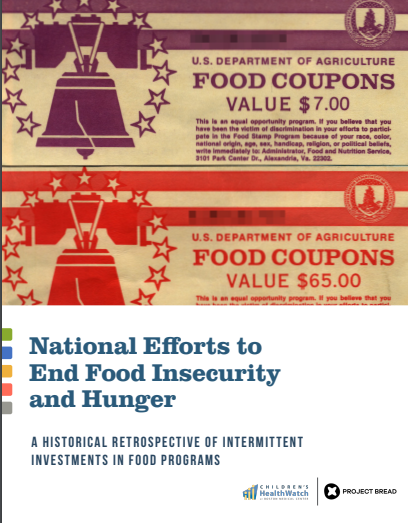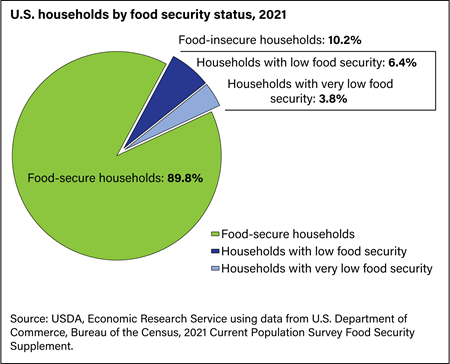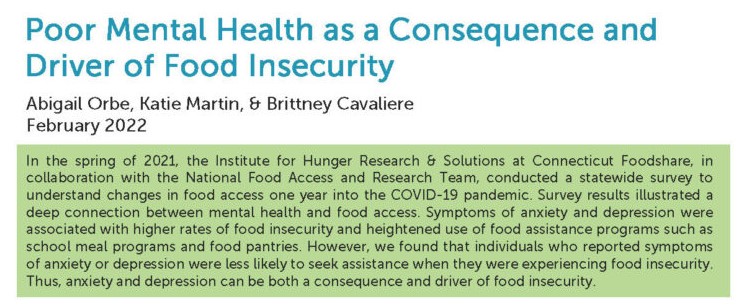Resources
Food security is widely recognized as a critical social determinant of health. A robust and continually expanding body of research documents how poor access to nutrition has been linked to some of the...
Most U.S. households have consistent, dependable access to enough food for active, healthy living—they are food secure. However, some households experience food insecurity at times during the year, ...
Black individuals have had consistently higher food insecurity rates during the past 20 years than White individuals in the US, even after accounting for relatively lower mean income levels. However, ...
The federal public health emergency for COVID-19, which has been in place since early 2020, will end on May 11, 2023. It gave the federal government flexibility to waive or modify certain eligibility ...
Partnership for a Healthier America (PHA) has launched its interactive Food Equity Opportunity Map, highlighting where improving access to good food would make the greatest impact and allowing everyon...
A new study out of Tufts Friedman School of Nutrition shows the power and promise of medically tailored meals for those living with diet-related illnesses across the country.
Previous research has sho...
WIC is an important resource for families with young children during the COVID-19 pandemic. WIC waivers and enhancements during the pandemic have simultaneously removed access barriers and increased t...
Children’s HealthWatch’s new historical retrospectives examine the history of food insecurity and hunger since the 1960’s. The first brief describes how unemployment rates and income instabi...
The USDA Economic Research Service recently published their annual Household Food Security report for 2021. The report presents statistics from an annual, nationally representative survey that covers ...
In the spring of 2021, the Institute for Hunger Research & Solutions at Connecticut Foodshare, in collaboration with the National Food Access and Research Team, conducted a statewide survey to und...

